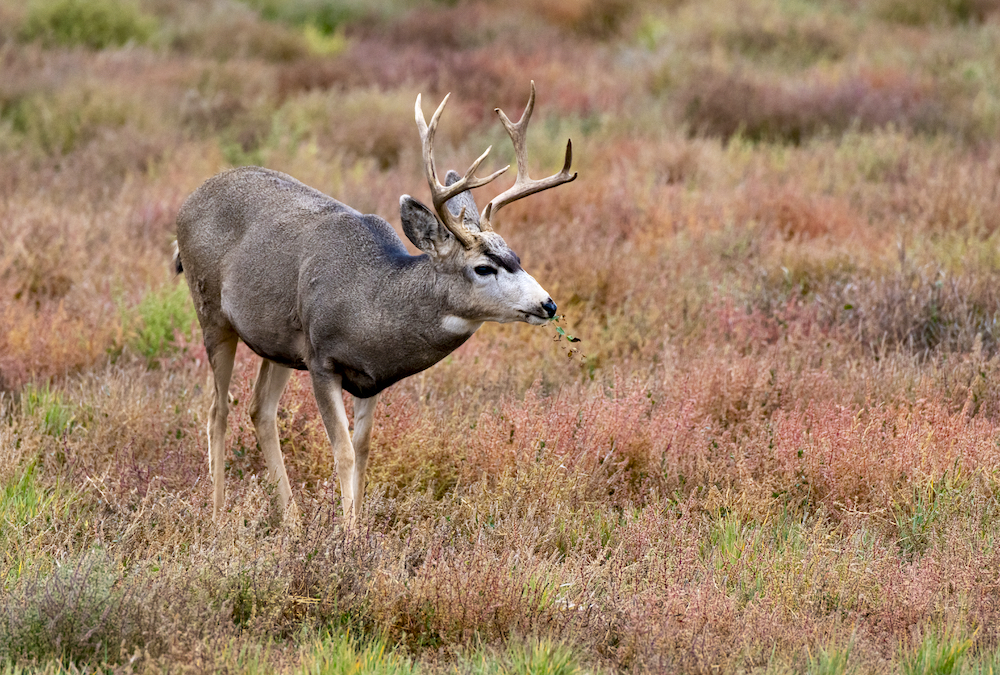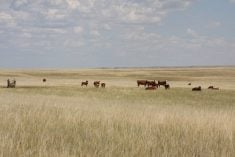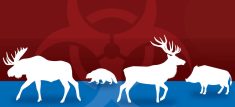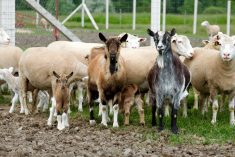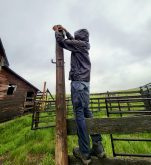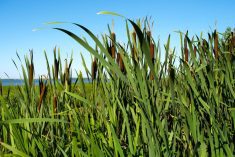Five Alberta researchers have been awarded $2 million “to tackle the growing threat” of chronic wasting disease in the province.
Two of the projects focus on developing vaccines, including one to prevent the potential spread of CWD to caribou. Three other projects are on transmissibility: The threat of cervids (such as deer and elk) transmitting the fatal and highly contagious disease to other species, the rate of spread, and whether it can spread via vegetation, including forages and crops.
Read Also
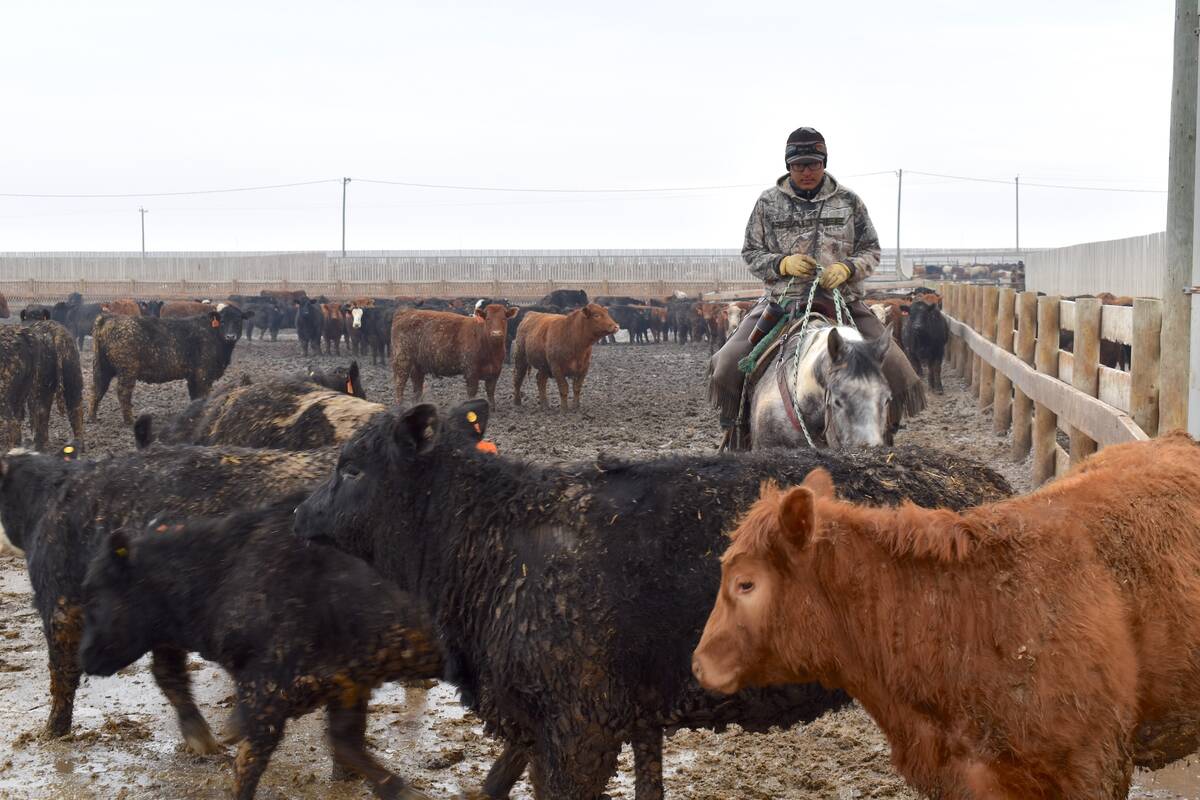
Gen Z creates ag hiring challenges
Agricultural employers may need to think outside the box to attract and retain Gen Z employees back to the rural lifestyle
Alberta Innovates, a provincial funding agency, is giving $250,000 each to five researchers at the universities of Alberta and Calgary (with another $793,000 coming from other agencies).
“This prion disease, seen in Canada, the United States and elsewhere, threatens the agriculture industry, the environment and potentially human health,” Alberta Innovates said in a press release.
“Prions shed by infected animals through their feces, urine and saliva remain infectious in soil for many years, posing a risk of environmental transmission to other cervids. There is also concern CWD might be transmissible to other wild animal species and livestock, and to humans who consume infected meat.”
A fact sheet on one of the vaccine projects describes its spread in blunt terms.
“Chronic wasting disease is spreading uncontrollably in deer, elk, and moose throughout Alberta, Saskatchewan, Manitoba, and many U.S. states,” says the fact sheet on a vaccine project by Holger Wille, an associate professor of biochemistry at the U of A.
That project aims to “use our knowledge about the specific shape and surface properties of the CWD pathogen” to develop vaccine candidates.
The other vaccine project (which aims to protect threatened caribou) is being conducted by Hermann Schaetzl, an expert in prion biology at the U of Calgary. In a university profile last year, he said more than one vaccine is being developed and that support for a “vaccine strategy” has increased since COVID-19 arrived. However, he said the goal would be to use vaccines to delay the onset of CWD (rather than prevent it) in order to slow its spread.
Another project aims to better understand how the contagious disease might be spread via vegetation, in particular the unsettling prospect that saliva containing the prions could be deposited on vegetation — including crops and forages — and passed on to other animals.
“Prions are notoriously sticky; however, the ability of CWD prions to be retained upon vegetation is not known,” that fact sheet states.
CWD is an incurable fatal disease that affects members of the deer family, including white-tailed deer, mule deer, elk, moose and caribou. Infected animals may appear healthy until the later stages of the disease, and while the disease is not known to be a human health risk, meat from an infected animal is not recommended for consumption.
Alberta has a chronic wasting disease surveillance program for chronic wasting disease and there have been thousands of confirmed cases since 2005. In 2020, provincial officials tested just over 8,900 heads (provided by hunters as part of the surveillance program) with nearly 15 per cent of mule deer and five per cent of white-tailed deer testing positive (as well as five elk, or 1.8 per cent, primarily from the CFB Suffield area).
“The aggressive rate of transmission of CWD poses the risk that this disease could soon grow to levels where deer populations will significantly decline and CWD is introduced into new geographical regions, including the ranges of Alberta’s at-risk woodland caribou herds, Environment and Parks Minister Jason Nixon said in the news release.


